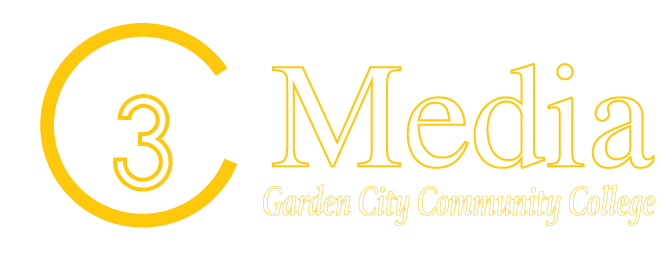Buster Highlight – Cadaver Lab
September 5, 2019
Note cards, study guides, and notes are all familiar tools that are used for studying. But what about using cadavers as studying tools? “The main reason we have cadavers is so that all of our pre-nursing, pre-medicine, or all of our pre-health occupation students have access to an actual body prior to laying their hands on an actual patient.” Elizabeth Tharman, a Garden City Community College instructor states. “The students could learn from a book, but any one can do that. Learning it on a model well that’s good because it’s application. But learning on the cadaver is taking it to the next level. It’s just a step shy from working with an actual patient.” Most students would also agree that applying what they learned from class on the cadaver helps them immensely when preparing for their upcoming exams. “Working with the cadaver helps so much because it’s hands on and so many people learn hands on including myself.” Nicole Coates, one of the students at Garden City Community College, said. “Using a cadaver helps you physically understand because looking at a picture labeled on a piece of paper only helps so much.” The students use the cadavers to explore the different systems of the human body. When it is time to learn a new system of the body, students can be found examining the cadavers in the lab to increase their knowledge. “When we use the cadavers it usually depends on what system we are studying. We went back to the cadaver lab a lot when we are learning the different types of muscles. Most likely this semester we will go into the cadaver lab to learn some of the major blood vessels.” Coates said. While studying a cadaver may seem frightening to some, most students become excited to study the cadaver. “I love the excitement of the students when they find out we have cadavers here they get so excited they’re like what no way! And it is not because of the gore factor but simply because they are interested in the human body.” Tharman said. Jade Desaire, a student at Garden City Community college, also shared her excitement about learning from the cadaver. “I’m very excited! I love learning about what’s inside the human body and how it works.” Desaire. “Textbooks give us diagrams that are fairly good at showing us what something looks like in the human body, but it’s rare to see the actual thing. I think learning from the cadaver will be better for me than just learning from the diagrams of a textbook.” The only common downside that most students can agree on is the smell. However, it seems the most students still enjoy using the cadaver despite the unpleasant aroma. “My least favorite part of the cadaver lab is the smell when you walk into the room,” Coates said. “But my favorite part is just the physical aspects of it. Like just being able to say hey say this is this muscle but it is under or above this muscle is awesome. It is just another hands-on experience that is great.” However, even with all the excitement students must follow certain regulations in order to have the opportunity to study with the cadavers. “We have laws about photography and videography. We are not allowed to take videos ore photos of the cadavers. We always maintain a respectful consideration for the cadavers. It is a learning experience, but we do not play with our cadavers.” Tharman said. The cadavers also had strict process they had to follow in order to be cadavers after they’ve passed. “There is a lot of paperwork. You have to log on to KU med center print out their forms and it is like a five-page document.” Tharman said. “There are also some requirements. You cannot have something infectious involving liver problems because they are blurry areas and we are not entirely sure what’s happening in there. No identifying markings like tattoos or amputations. And you must have that witnessed I believe. A doctor has to sign off that they acknowledge what is going to happen and you have to sign it yourself and it cannot be done by your will of attorney.” While some students may only use these highly useful and regulated tools for a short period of time, others continue their studying after their first semester in anatomy and physiology by joining the dissection team. “If someone is interested in being on the dissection team, they have to take anatomy and physiology one and they have to pass well.” Tharman said. “I hand pick my dissection team and I like to take A students, but I will also take a B student. They also have to fill out an application. In that application they must show that they are dedicated to the health care world and that it is not just a passing fancy but that they truly have some motivation. A lot of them have already taken the EMT class or the CNA class. They may also be involved in the hospital settings, clinics, or nursing homes. They also need to list some references for me, and I call those references to double check them.” In the end there are still many ways for students to learn the different subjects for their upcoming exams and future careers. The Cadaver just happens to be one of the many studying tools for future students entering the medical field.



